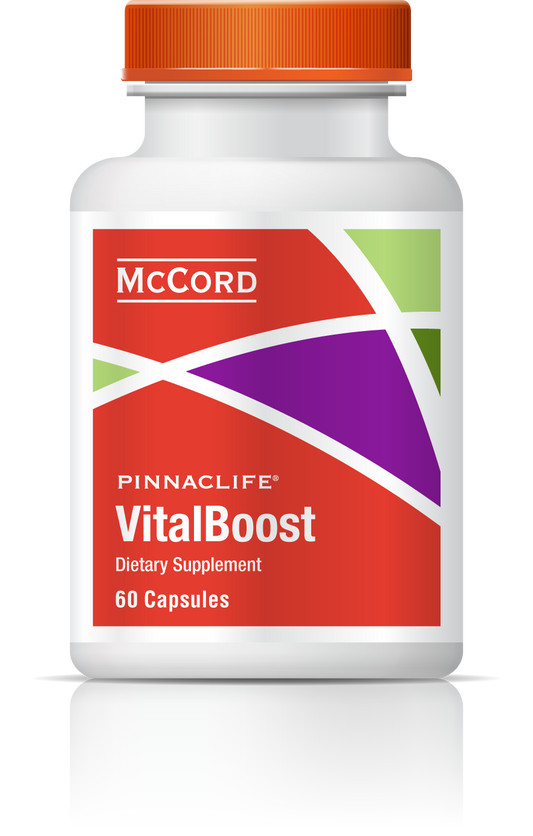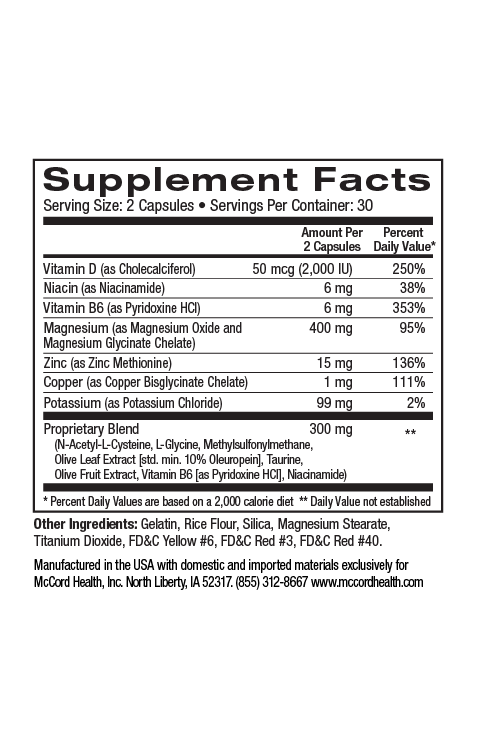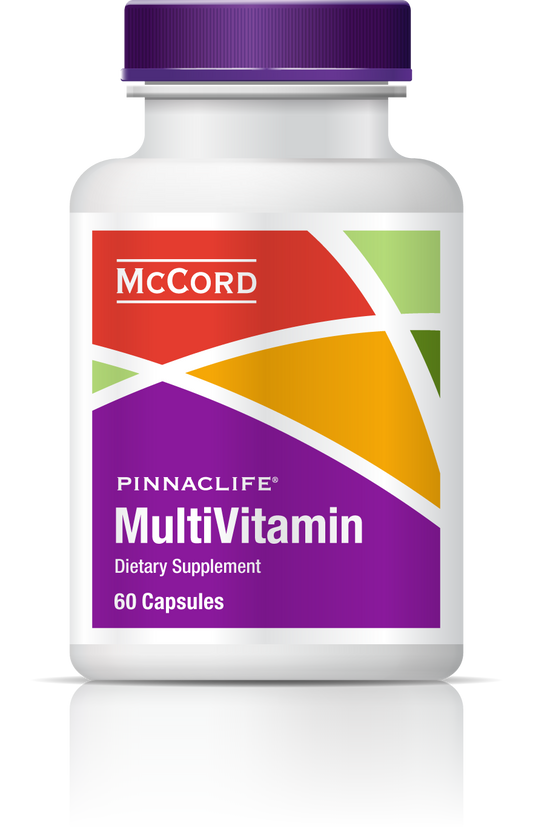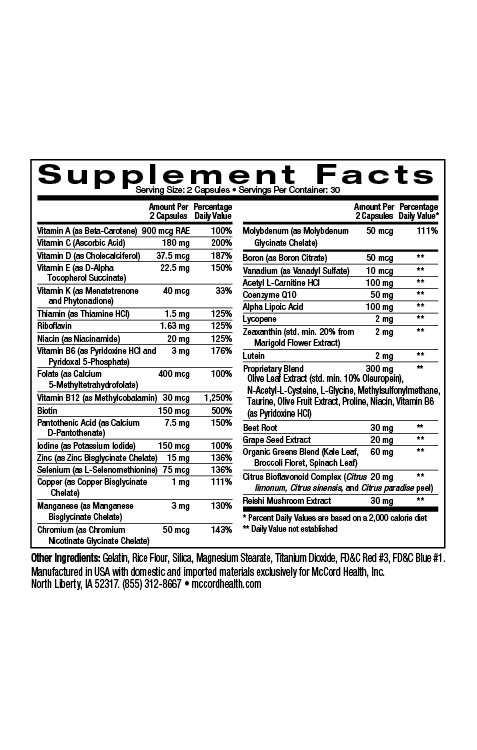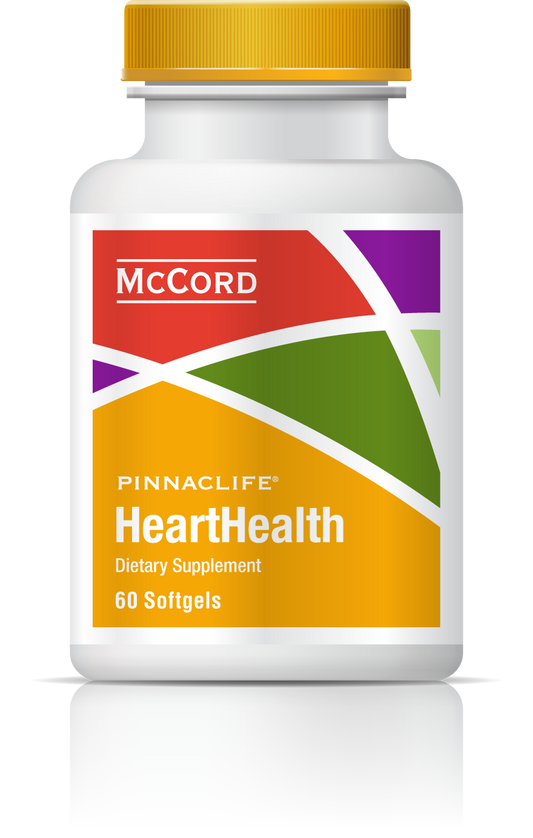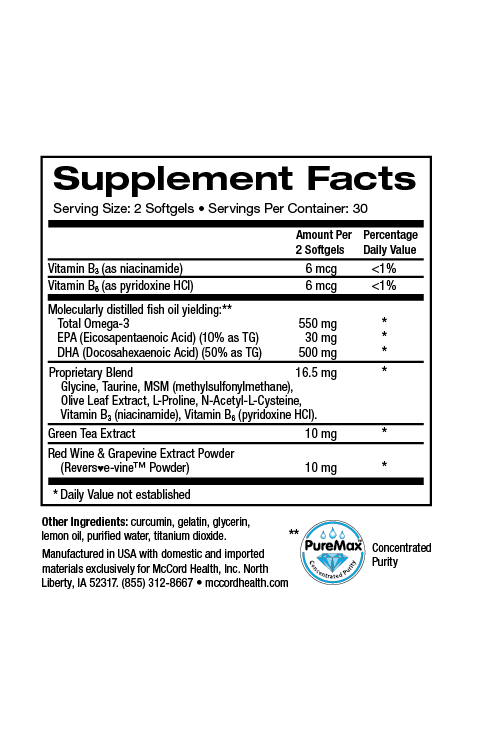Did you know that the more you exercise, the more mitochondria your cells produce that make energy? In fact, doing more exercise for mitochondria is a great idea. Mitochondria are critical organelles found inside cells that are known as the cell’s powerhouses because they produce energy in the form of ATP. In fact, skeletal muscle mitochondria typically form large networks that allow rapid interconnections and changes in response to cellular energetic needs. Some of these changes include mitochondrial fusion and mitochondrial biogenesis (newly formed organelles)1.
Unfortunately, many older adults have decreased mitochondrial and muscle function. In fact, aging is associated with a 25-30% loss in mitochondrial functional capacity between the ages of 30 to 70 years. Mitochondrial dysfunction seems to be closely associated with the loss of skeletal muscle mass during aging2. However, exercise can stimulate the restoration of mitochondrial metabolism during aging, and aerobic exercise is especially important for the stimulation of mitochondrial biogenesis3.
Proprietary Blend Helps Mitochondria
Proprietary Blend found in Pinnaclife® EnergyBoost includes many ingredients that help protect and stimulate mitochondria such as the beneficial olive polyphenols, hydroxytyrosol and oleuropein, as well as N-acetylcysteine (NAC) and taurine. Hydroxytyrosol has been shown to improve mitochondrial function and prevent or ameliorate mitochondrial dysfunction, and it has also been found to promote mitochondrial biogenesis4-8. Oleuropein improves mitochondrial function and induce mitochondrial biogenesis9,10, and taurine has been shown to protect mitochondria from swelling and membrane damage11.
In addition, NAC has been shown to protect mitochondrial activities, and studies have shown that caffeine (found in EnergyBoost) improves mitochondrial functions15. Caffeine was also shown to decrease drug-induced mitochondrial disruption16. Damaged or dysfunctional mitochondria have been associated with aging and various diseases including diabetes, cardiovascular disease, Parkinson’s, and Alzheimer’s disease17,18. Aged, damaged or dysfunctional mitochondria also produce greater amounts of ROS that can lead to oxidative stress19.
Mitochondria normally produce free radicals known as reactive oxygen species (ROS) during energy metabolism. In fact, when mitochondria are healthy and ROS levels are normal, ROS are important for regulating cellular signaling. Oxidative stress results from the inability of cells to eliminate excess ROS using the natural antioxidant defense system that includes defense enzymes such as superoxide dismutase (SOD). Free radical damage can involve damage to cell membranes, DNA, proteins, lipids, and mitochondria20.
EnergyBoost Includes Antioxidants to Protect Mitochondria
EnergyBoost includes ingredients that have potent antioxidant activities including hydroxytyrosol, oleuropein, NAC, taurine, and methylsulfonylmethane (MSM)21-25. In fact, hydroxytyrosol, oleuropein, and NAC have been found to increase the activity of manganese (Mn)SOD that has been shown to protect mitochondria from age-associated abnormalities26-29. In addition, studies have shown that caffeine has antioxidant activity and it has also been found to increase MnSOD activity30,31.
Exercise also positively affects the activity and/or expression of a group of enzymes called sirtuins that have been associated with longevity32,33. Sirtuins (SIRT1-SIRT7) are known to regulate insulin sensitivity, fatty acid oxidation, inflammation, and aging. Increased activity or expression of these enzymes results in improved energy metabolism and increased mitochondrial biogenesis and function. SIRT1 is located in the nucleus of cells but contributes to mitochondrial biogenesis, whereas SIRT3 is located in mitochondria32. In fact, SIRT3 deficiency promotes mitochondrial dysfunction34.
Interestingly, hydroxtyrosol has been shown to prevent oxidative stress-induced cell death through a mechanism that requires SIRT135. Reduced levels of SIRT1 have been shown to promote an aging-associated phenotype in cells known as senescence33. Senescent cells are characterized by a loss in their ability to replicate and by increased production and release of inflammatory signaling molecules (cytokines) that contribute to various diseases associated with inflammation including diabetes, cardiovascular disease, and osteoarthritis36.
Exercise for Mitochondria and a Healthier Life
Proprietary Blend includes several ingredients that decrease inflammation such as hydroxytyrosol, oleuropein, NAC, MSM, and taurine37-41. Pinnaclife® EnergyBoost includes Proprietary Blend and natural caffeine to help protect and/or stimulate mitochondria so that you can have more energy to do the things you want to do like exercise for a healthier life. EnergyBoost includes impeccably sourced ingredients that have undergone rigorous scientific review to prove we renew, restore and repair cells.
References
- Oxid Med Cell Longev 2019; 2019: ID7058350, 1-18.
- Integr Med Res 2016; 5:182-186.
- Sports 2019; 7: 170, 1-18.
- Free Rad Biol Med 2019; 14: 304-310.
- Br J Nutr 2015; 113(11): 1667-1676.
- J Biochem Mol Toxicol 2017; 31(7): e21906, 1-7.
- Biochem Pharmacol 2014; 90(1): 25-33.
- Oxid Med Cell Longev 2018; ID9086947, 1-14.
- Neuropharmacol 2017; 113(Pt A): 556-566.
- Anim Sci J 2016; 87(11): 1371-1378.
- J Biochem Mol Toxicol 2018; 32(11): e2216, 1-6.
- Eur J Vasc Endovasc Surg 2018; 56(5): 730-738.
- Brain Res 2000; 859: 173-175.
- Brain Res 1999; 842: 249-251.
- Clin Nutr 2019; 38(3): 982-995.
- Drug Chem Toxicol 2019; doi: 10.1080/01480545.2019.1643874.
- Diabetes 2004; 53(Suppl 1): S96-S102.
- Nat Rev Drug Discov 2018; 17: 865-886.
- Febs Lett 2018; 592: 743-758.
- Curr Neuropharmacol 2009; 7: 65-74.
- J Agric Food Chem 2011; 59: 4473-4482.
- Sci Pharm 2010; 78: 133-154.
- Amino Acids 2004; 26: 203-207.
- Nutrients 2017; 9(3): 290:1-21.
- Life Sci 2015; 121: 110-116.
- Age 2012; 34: 95-109.
- J Biol Regul Homeost Agents 2014; 28(1): 105-116.
- Cancer Res 2007; 67(13): 6392-6399.
- Mitochondrion 2010; 10(4): 342-349.
- Cell Adh Migr 2019; 13(1): 260-272.
- Biol Trace Elem Res 1995; 50(3): 229-236.
- Int J Mol Sci 2019; 20: 2717, 1-11.
- BMB Rep 2019; 52(1): 24-34.
- Int J Mol Med 2018; 41(6): 3517-3526.
- Biochim Biophys Acta 2016; 1860(6): 1181-1191.
- J Cell Biol 2018; 217(1): 65-77.
- Planta Med 2011; 77: 1890-1897.
- Int J Mol Sci 2014; 15: 18508-18524.
- Biochem Biophys Res Comm 2104; 466: 1225-1230.
- Biol Pharm Bull 2009; 32: 651-656.
- Amino Acids 1996; 10: 59-71.

